- News
- Reviews
- Bikes
- Accessories
- Accessories - misc
- Computer mounts
- Bags
- Bar ends
- Bike bags & cases
- Bottle cages
- Bottles
- Cameras
- Car racks
- Child seats
- Computers
- Glasses
- GPS units
- Helmets
- Lights - front
- Lights - rear
- Lights - sets
- Locks
- Mirrors
- Mudguards
- Racks
- Pumps & CO2 inflators
- Puncture kits
- Reflectives
- Smart watches
- Stands and racks
- Trailers
- Clothing
- Components
- Bar tape & grips
- Bottom brackets
- Brake & gear cables
- Brake & STI levers
- Brake pads & spares
- Brakes
- Cassettes & freewheels
- Chains
- Chainsets & chainrings
- Derailleurs - front
- Derailleurs - rear
- Forks
- Gear levers & shifters
- Groupsets
- Handlebars & extensions
- Headsets
- Hubs
- Inner tubes
- Pedals
- Quick releases & skewers
- Saddles
- Seatposts
- Stems
- Wheels
- Tyres
- Health, fitness and nutrition
- Tools and workshop
- Miscellaneous
- Buyers Guides
- Features
- Forum
- Recommends
- Podcast
review
 Zwift Hub One
Zwift Hub One£549.00
VERDICT:
Very good smart trainer with clever virtual shifting.
Super easy to set up
Accurate power reporting
Virtual gears work well
Works straight away on pretty much any bike
Gear range the same on any drivetrain
Virtual gears only work in Zwift
Click shifter is OK rather than great
Virtual gears not as slick as decent physical gears
Weight:
17,000g
Contact:
At road.cc every product is thoroughly tested for as long as it takes to get a proper insight into how well it works. Our reviewers are experienced cyclists that we trust to be objective. While we strive to ensure that opinions expressed are backed up by facts, reviews are by their nature an informed opinion, not a definitive verdict. We don't intentionally try to break anything (except locks) but we do try to look for weak points in any design. The overall score is not just an average of the other scores: it reflects both a product's function and value – with value determined by how a product compares with items of similar spec, quality, and price.
What the road.cc scores meanGood scores are more common than bad, because fortunately good products are more common than bad.
- Exceptional
- Excellent
- Very Good
- Good
- Quite good
- Average
- Not so good
- Poor
- Bad
- Appalling
Zwift's Hub One is an interesting beast: a direct drive turbo trainer that does away with your drivetrain shifting and instead gives you a wide range of virtual gears, a bit like a smart bike. At £549 it's decent value and the design has some advantages, especially if you use more than one bike on your trainer – or have something a bit more esoteric. Or just want a cheap indoor setup that works..
> Buy now: Zwift Hub One with one-year Zwift membership for £549.99
What's the Zwift Hub One?
Zwift's original Hub trainer is a classic direct-drive smart trainer with a claimed accuracy of +/-2.5%. It has a maximum resistance of 1800W and can simulate a gradient of 16%. These are good numbers at the cheaper end of the market.
The Hub can be supplied with the cassette of your choice from 8- to 12-speed to match your bike, but the Hub One just has a single cog. You fit your bike to the trainer, shift into a gear that gives you a good chainline (somewhere in the middle of the cassette), and off you go.
Gear shifting is handled by a small controller called the 'Click', which has up and down buttons and can be fitted to your bars in whatever location suits you. The latest build of the Zwift cycling app (1.50) supports virtual shifting with the Click and the Hub One, and gives access to 24 sequential gears with a range of over 700% from bottom to top. Your current gear is displayed with your power in the top left box of the Zwift display.
When you start riding, the app detects your bike's gear ratio and adjusts the virtual gears accordingly, so you'll get the same range if you're riding on a road bike or a mountain bike with a small front chainring.
If you've already got a Zwift Hub you can buy the Hub One kit for £59.99 for a limited time (it's normally £79.99), which gets you the Click and a freehub body with the single cog installed between plastic spacers. Swapping the cassette for the single cog is a two-minute job.
The Zwift Hub One I'm testing here is literally our original test unit with the new bits swapped over, so nearly everything in the original review still stands here; I haven't, for example, done all the power benchmarking again because nothing's changed. If you're not familiar with the trainer, read that one first for a bit more detail.
The Zwift Hub One riding experience
Setting up a bike on the Zwift Hub One is simplicity itself. You don't have to index the gears, just shift into a ratio that puts the rear mech in about the right place, attach the Click to your bars, pair everything up and off you go.
It's worth noting that the Click controller pairs to the app, not to the trainer, so the virtual gearing is only available in Zwift. If you're using another app, what you'll have is a singlespeed trainer, which is quite hipster but probably not ideal. Obviously if you're using something like TrainerRoad where you're doing structured training in ERG mode, that won't matter as you generally don't shift gears anyway; the app does the resistance changes.
I tried a few positions for the Click, but the one that, well, clicked for me (thanks) was on the outside of the bars just below the lever. That way I could access the buttons from the hoods or the drops. If you're anything like me then for the first hour all you'll do is go for your actual bike shifter, not the button, because muscle memory. If so, may I suggest my patented Zwift Click training aid:
The Zwift Hub uses a fairly standard electromagnetic resistance unit, not something fancy like a motor brake, so you can't have the gear change feedback found on expensive smart bikes like the Wahoo KICKR Bike and the Tacx Neo Bike. Other smart bikes (such as the new KICKR Bike Shift that I'm testing, and the Stages SB20) just try to make the shift as instant as possible. Something a bit different is happening with the Zwift Hub One. Here's a power trace of part of a ride:
All those spikes are the gear changes, and the way the gear change feels is like a slight ramp in resistance, followed by a drop, and settling back up to the new power.
It's quite noticeable: here, for example I'm riding at about 240W and on the gear change the resistance jumps to 320W, before dropping to 160W and then settling to a steadier pattern again. I'm not sure if this is engineered behaviour, or just a function of how the resistance changes work. It's not unusual to see a power spike on a resistance change but the up-and-down here is not something I've seen so much before. It does feel a little like the clunk of a gear change, albeit at a slower pace. It's not an unpleasant way to transition between gears, it's just not quite what I was expecting.
The Click itself is okay. It's designed to be used in multiple positions – drop bars, flat bars, TT extensions – and as such it's always going to be a bit of a compromise. The two buttons have a nice positive action, and the shift up button has a textured surface so it's a bit easier to tell them apart. I often shifted up when I meant to shift down, but I do that on pretty much every electronic groupset I've ever used too, so I don't think that's a failing of the system.
If you have Zwift's Play controllers you can use them instead: the shoulder buttons function as up and down shifts, and that's more intuitive. The buttons are bigger, too.
The range of gears is very good. I normally set the trainer difficulty around half; set like that I always had enough gears for even the steepest climbing, and at the other end I could continue to put power down even on quite steep descents.
Zwift Hub One power reporting
When I tested the geared Zwift Hub I had no problems with the power numbers it was putting out, and I've no reason to suspect it'll be any different with the new unit since the internals are all the same. It's a bit slower to report changes in power than some higher-end trainers (or standalone power meters), which you might want to bear in mind as you're winding up for the big sprint at the end of that crit race, but overall it's very solid.
ERG mode is also good: the Zwift Hub One responds to interval changes quickly, but not too quickly, so it's easy to keep and hold a rhythm. I said in the original review that I could do without the smoothing the Hub does to your power trace – or at least I'd like the option to turn that off – but it's hardly a deal breaker.
Overall the power reporting is plenty good enough to use as a benchmark: it's well within the accuracy range that Zwift states, it's very repeatable, and there's plenty of top-end resistance for sprinting. It's worth calibrating the trainer every now and then, but In my time using the Hub – both in geared and singlespeed builds – I've not seen the power drift away from believable numbers.
Should you buy the Hub One?
When we originally tested the Zwift Hub its RRP was £449. Now it's £100 more, but you get a year's worth of Zwift thrown in, saving you £130. So I'd still say it was a bargain even if the ticket price is nominally higher. The nearest direct competitor is probably the Wahoo KICKR Core, which is £639 with a year of Zwift thrown in. There are cheaper smart trainers, but for the money this is hard to beat if you want to get into Zwifting.
Zwift still sells the 'classic' Hub trainer too, for the same price. So which should you go for in a straight choice? Well, it depends... while you do still have this choice (though possibly not forever), a lot of people will be better off with the classic Hub. The virtual shifting on the Hub One is pretty good, but if you're putting a decent road bike on your trainer it's never going to have quite the feel of real gears.
The most expensive smart bikes do a really impressive job of mimicking a gear change, but at this price you can't expect that kind of finesse, and you don't get it. For any normal road bike you'd be happy to ride outside, the shifting experience on a cassette is going to be better.
It might be that you don't want your good bike on the trainer though, getting all sweat-corroded and wearing out the drivetrain. You could put any old beater on the Zwift Hub One, and assuming it fits you properly and the bottom bracket works, the experience is not going to be all that different to using a posh bike: the trainer is handling all the gear changes. So rather than having a half decent bike wasted on the trainer, you could keep your indoor setup super cheap and not really lose out in terms of ride feel.
If you have more than one bike on the trainer – say you have a road bike and a TT bike, or there are two of you using it – then the Hub One makes a lot of sense: no gear indexing issues, no swapping cassettes if you have different groupsets. Just click to the right mech position and go. Similarly it'll work well for bikes with drivetrains that don't work so well with standard smart trainers: mountain bikes, for example, which tend to be undergeared.
Training days
If you just do structured training indoors – interval sessions with ERG mode engaged – then the Zwift Hub One makes sense for that too. The single cog and straight chainline will mean pretty minimal chain wear, and you've still got the virtual gearing if you do want to just cruise around, or try your hand at a race.
So for now, pick one or the other depending on your needs. And I say 'for now' because whatever the pros and cons of a single-cog setup for you, the user, for Zwift it's all pros and no cons. At the moment they have to hold six different cassette versions in stock, with all the upfront cost and warehousing that entails. They also have to make sure you get the right build, and deal with returns when you count the cogs wrong because you forgot to include the one the chain was on.
It's a lot easier to have just one thing that works on all bikes; I'd not be surprised if two years from now the Zwift Hub One is the one trainer to rule them all, at least in Zwift's own line up.
And that'll be fine, because it's a good system and it's likely to improve over time. But I think for your stock-standard roadie, who rides his nice bike outdoors in summer and keeps it on the trainer for winter, the ride is not quite as good with virtual gears as it is with physical ones.
Verdict
Very good smart trainer with clever virtual shifting
road.cc test report
Make and model: Zwift Hub One
Size tested: n/a
Tell us what the product is for and who it's aimed at. What do the manufacturers say about it? How does that compare to your own feelings about it?
Zwift Hub One comes with everything you need to start riding and training at home. It's designed as a package to make it easier than ever to get fit with Zwift.
With a 1-Year Zwift membership included, you have all the time to explore virtual worlds, follow personalized training plans, and ride with friends.
Tell us some more about the technical aspects of the product?
REALISTIC RIDE FEEL
Zwift Hub automatically adjusts resistance to match the gradient of the road. You'll feel every incline as you push to the top of each climb.
NO-SWEAT SETUP
For any bike with an 8-12-speed cassette, just remove your rear wheel and connect your frame to Zwift Hub One. That's it! You're ready to go.
VIRTUAL GEARS
Virtual gears keep your ride quiet and smooth while Zwift Click puts virtual shifting control on your handlebars.
Rate the product for quality of construction:
9/10
Solidly built, easy to set up.
Rate the product for performance:
8/10
Overall, very good.
Rate the product for durability:
9/10
Single cog setup should last well.
Rate the product for weight (if applicable)
8/10
Reassuringly heavy.
Rate the product for value:
7/10
Good value, especially with a year of Zwift thrown in.
Tell us how the product performed overall when used for its designed purpose
It's good: the virtual shifting works well, it's super-easy to set up and the power numbers are believable.
Tell us what you particularly liked about the product
Easy to set up, power numbers on point, fits a wide range of bikes, vritual shifting is clever.
Tell us what you particularly disliked about the product
Virtual shifting not quite as slick as well set up gears, Click design is a bit of a compromise to work in multiple positions, virtual gearing only works in Zwift.
How does the price compare to that of similar products in the market, including ones recently tested on road.cc?
For the money, it's really good. Cheaper trainers are available but the performance is on a par with more expensive units.
Did you enjoy using the product? Yes
Would you consider buying the product? For my uses I'd stick with a cassette
Would you recommend the product to a friend? Yes, especially a beginner
Use this box to explain your overall score
Overall it's a very good trainer, at a good price, but will suit some riders better than others.
About the tester
Age: 50
I usually ride: whatever I'm testing... My best bike is: Kinesis Tripster ATR, Merida Scultura, Dward Design fixed
I've been riding for: Over 20 years I ride: Every day I would class myself as: Expert
I regularly do the following types of riding: road racing, commuting, touring, club rides, general fitness riding, fixed/singlespeed, Mountain Bike Bog Snorkelling, track
Dave is a founding father of road.cc, having previously worked on Cycling Plus and What Mountain Bike magazines back in the day. He also writes about e-bikes for our sister publication ebiketips. He's won three mountain bike bog snorkelling World Championships, and races at the back of the third cats.
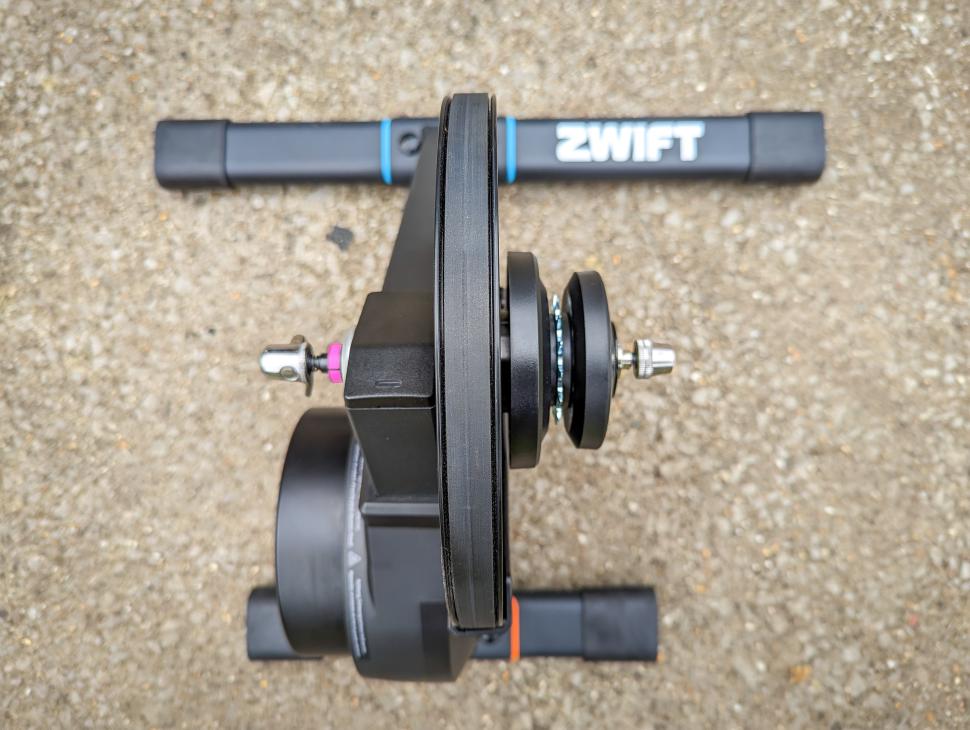



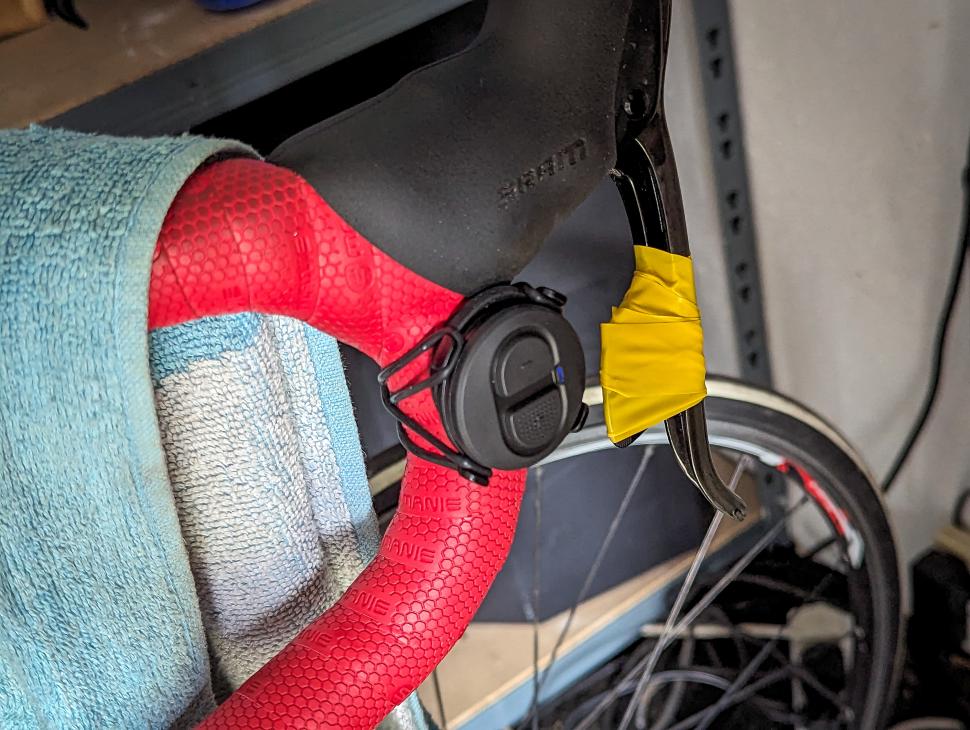

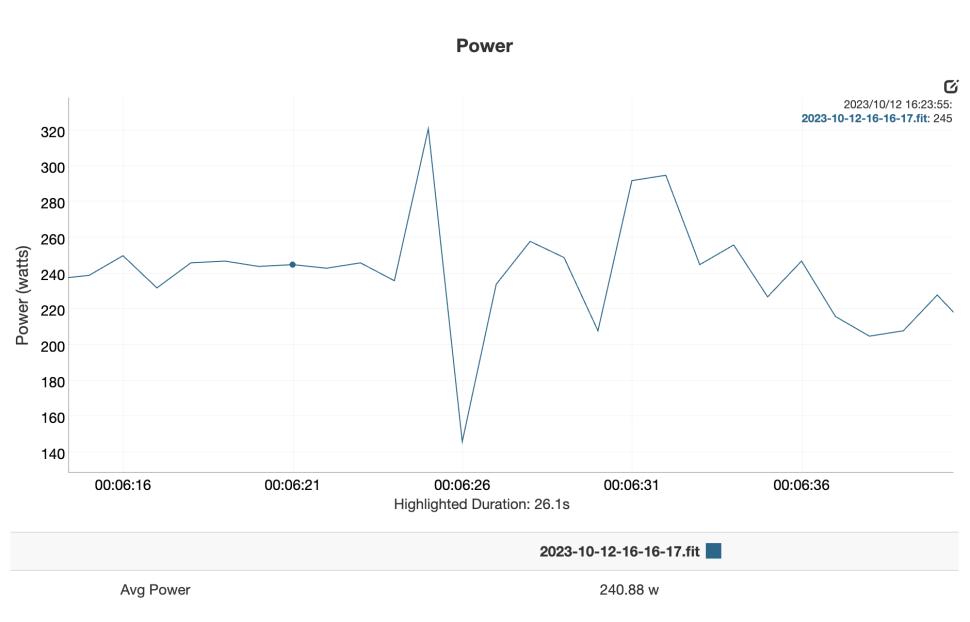
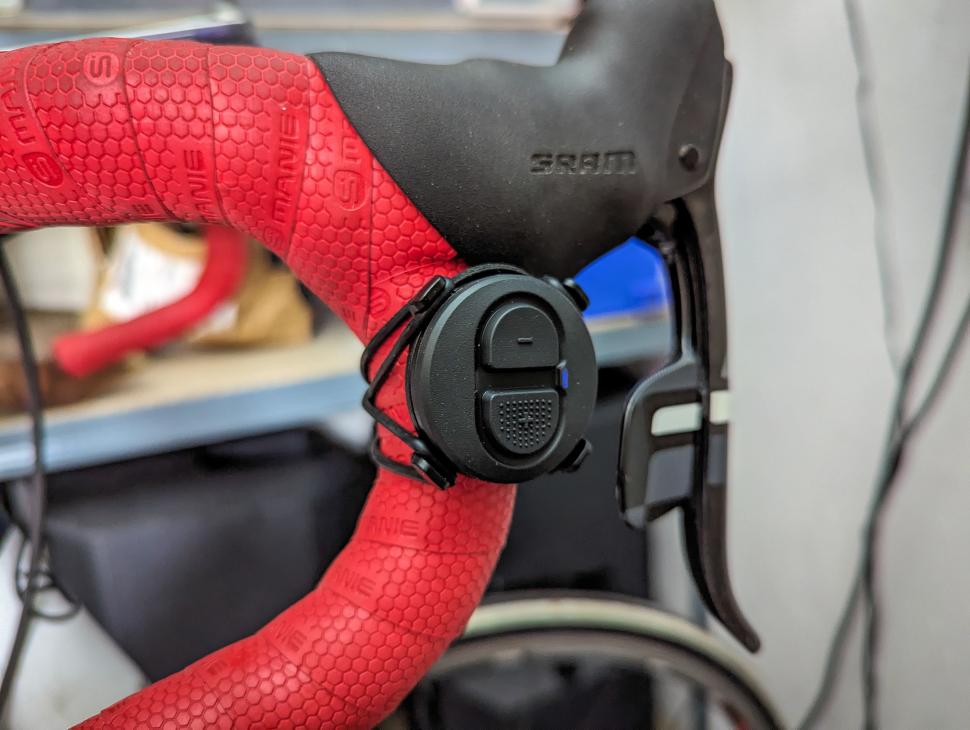











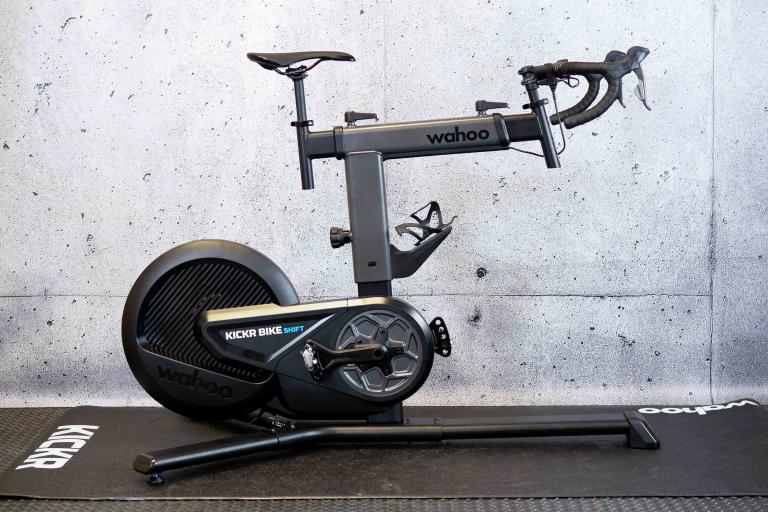
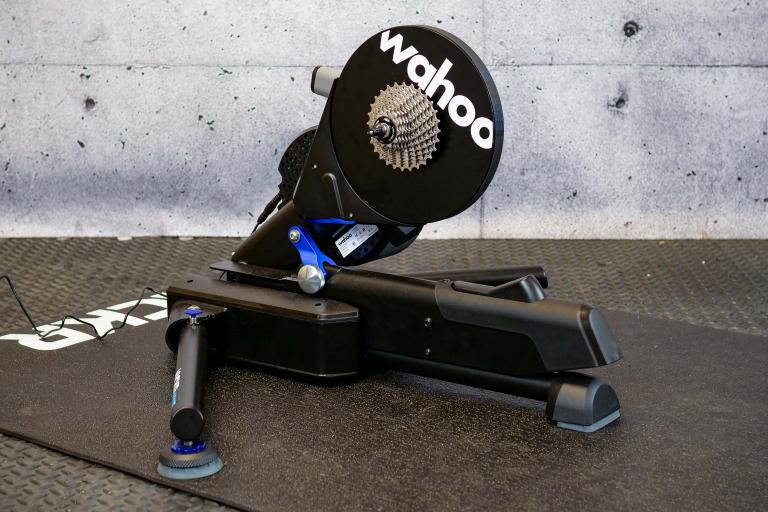
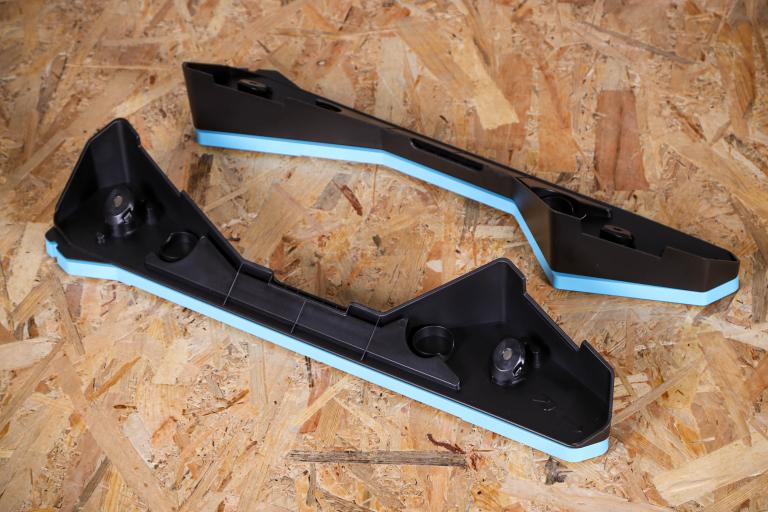

Touring never died rather both bicycle manufactures and the cycling media rather lost interest in it.
Qidi ... was it just me, or did the guys with the system come over as right cocksockets?...
Bit unfair on the chap in the headline photograph to use his image to illustrate an article on this issue, seeing as he is quite clearly safely at...
Police prioritising that which risks most harm to the public. Cyclists endangering pedestrians with minor injuries will get £50 fines from police...
You can see the effect of a 'way too late' opening of this comp, with my dismal results! Wrecked a good start to my season.
It was off my list of helmets worth buying as soon as I saw someone had named it "Game Changer".
Looks valid to me although on a black Mercedes C Class. Last V5 issued 25th April (2 days ago) so maybe plate was being transferred.
Asked for comment, a representative of the biker community said: "We are realigning our expenditure better reflect our strategic priorities and...
So highly overpriced items such as "premium bike clothing" and overpriced "premium" bikes that no one NEEDS....suffer a disproportionate...